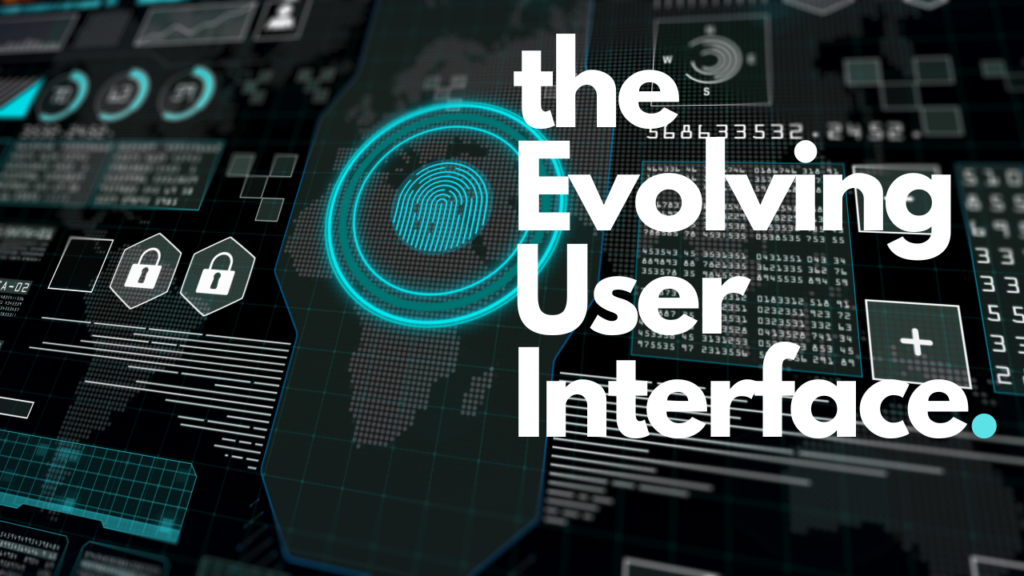
As the digital age weaves its technicolour cloak of complexity, the user interface (UI) continues to evolve, flexing its muscles and strutting its stuff like a peacock on the catwalk of technology. The digital age user experience, or the ‘grand show’, as I affectionately call it, is no longer what it used to be. It’s not just about putting a pretty face on your website or licking the frosting off your app anymore. It’s about making the user feel like a rockstar, ensuring they have a memorable experience that will have them coming back for more.
As users become more tech-savvy, they’ve developed an insatiable hunger for sleek, intuitive, and fast-loading interfaces. They don’t want to tap their foot in impatience waiting for a page to load or spend ages trying to find that elusive ‘checkout’ button hidden in the labyrinth of your website’s design. In this digital age, user experience is about delivering an experience that’s as smooth as a hot knife through butter.
The evolution of UI has been a joyous rollercoaster ride. We have transitioned from clunky, text-heavy interfaces to visually stunning, minimalistic user experiences. And believe me, it’s not just about being pretty. The digital age user experience is about being useful, usable, and enjoyable. It’s about creating a harmonious balance between aesthetics and functionality.
But let’s not get carried away and start assuming that UI is just about designing pretty pictures. Far from it! It’s a highly strategic, research-based discipline. A great UI designer in the digital age is a delightful mix of a psychologist, artist, and detective. They understand user behaviour, create visually appealing designs and track down problems to their roots to fix them.
Artificial intelligence (AI) and machine learning (ML) have also joined the party, adding their unique flavor to the UI mix. They’re like the secret sauce in your favorite burger, enhancing the taste without stealing the show. They have the potential to understand user behaviour and preferences, enabling the creation of personalized user experiences.
Let’s not forget about accessibility, though. In the digital age, user experience must be inclusive. It’s not enough to cater to the majority. A well-designed UI should be accessible to everyone, including users with disabilities. We’re not talking about a one-size-fits-all approach here but developing a design that adapts to everyone’s needs.
But hey, we’re not done yet! As our digital landscape continues to morph and change, the user interface needs to keep up its game. The future of digital age user experience lies in emerging technologies such as virtual reality (VR), augmented reality (AR), and voice user interface (VUI). These technologies can create immersive and interactive experiences that can redefine the way users interact with digital platforms.
The story of evolving UI is a story of constant change, adaptation, and innovation. It’s about keeping pace with the ever-changing needs of users and the relentless march of technology. It’s about creating a digital age user experience that resonates with users, makes their lives easier, and leaves them with a smile on their face.
So, as we continue our journey through the digital age, the evolution of UI will continue to redefine user experience. And as always, the user will remain the king, or queen, or whatever royal title they prefer. The digital age user experience is an exciting, ever-changing landscape, and we’re all just privileged to be part of the ride.
In conclusion, the evolving UI is not just a trend, it’s a necessity. It is the beating heart of the digital age user experience. So, let’s roll up our sleeves and continue to innovate, create, and make the digital world a better place for users, one interface at a time.


